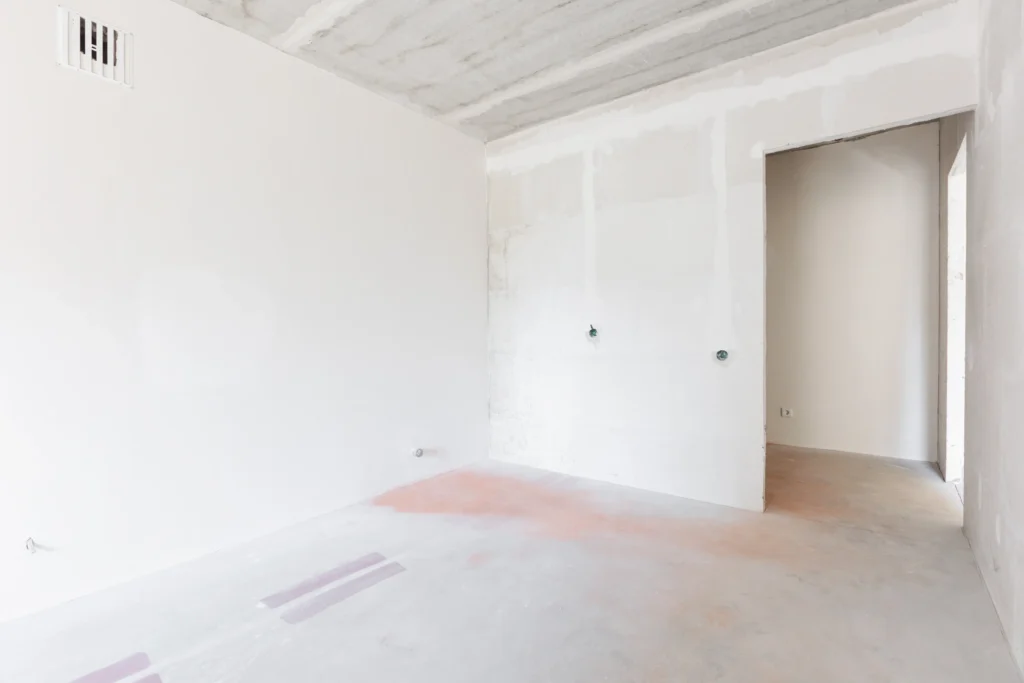Ever had that moment where you’re standing in your yard, thinking a French drain might solve all your water problems?
While these ingenious drainage systems can be incredibly effective, there are places where installing one could create more headaches than solutions.
Let’s explore the spots where French drains have no business being and, more importantly, understand why these locations are problematic.
The Foundation Danger Zone
Too Close to Your Home’s Foundation

Waterproofing your home is important
Picture this: you’ve installed a French drain right next to your foundation, thinking it’ll keep water away from your basement. Sounds logical, right? Wrong! Here’s why this common mistake can turn into a costly disaster:
- The drain can actually direct water toward your foundation if not pitched perfectly
- Over time, the water flow might erode the soil supporting your foundation
- The constant moisture presence can create hydrostatic pressure against foundation walls
- Saturated soil near your foundation can expand and contract, leading to structural issues
Instead, experts recommend installing French drains at least 2-3 feet away from your foundation, allowing for proper soil stability while still managing water flow effectively.
Utility Line Complications
Underground Service Line Conflicts
Before you start digging that trench, remember what lies beneath. Installing French drains near utility lines isn’t just risky – it could be catastrophic:
- Gas lines: Need we say more? One wrong dig could lead to a dangerous leak
- Electrical cables: Water and electricity make a shocking combination
- Fiber optic lines: Repairs can cost thousands and leave the neighborhood without internet
- Water mains: Damage could flood your property and your wallet
Always call your local utility locating service before planning your drain route. They’ll mark underground utilities for free, potentially saving you from an expensive disaster.
Soil Considerations
Poor Soil Conditions That Spell Trouble
Not all soil is created equal, and some types simply won’t play nice with French drains:
Clay-Heavy Soils
- Prevents proper water percolation
- Can clog the drainage system over time
- Creates pooling instead of draining
- May cause the drain to fail within months
Highly Organic Soils
- Too loose to maintain proper drain structure
- Decomposes over time, leading to settling issues
- Can’t support the weight of the drainage system
- May contaminate groundwater
Topographical Red Flags
Problematic Landscape Features
Mother Nature sometimes has other plans for your drainage solutions. Avoid installing French drains in these challenging locations:
Natural Water Collection Points
- Areas where water naturally pools serve a purpose in the ecosystem
- Redirecting this water could affect local wildlife and plant life
- May create flooding issues elsewhere on your property
- Could violate local watershed regulations
Steep Slopes
- Water moves too quickly, causing erosion
- Difficult to maintain proper pitch
- Installation challenges may compromise effectiveness
- Higher risk of system failure during heavy rains
Legal and Environmental Considerations
Regulatory No-Go Zones
Before breaking ground, understand that some locations are off-limits due to legal or environmental concerns:
Protected Wetland Areas
- Installing drains here is often illegal
- Can disrupt delicate ecosystems
- May result in hefty fines
- Could require expensive remediation
Property Line Problems
- Never install drains that direct water to neighboring properties
- Could lead to legal disputes
- May violate local ordinances
- Risk of property damage liability
Technical Installation Challenges
Impossible Installation Scenarios
Some locations present technical challenges that make French drain installation impractical or impossible:
Bedrock Areas
- Insufficient depth for proper installation
- Extremely costly to excavate
- May not achieve necessary slope
- Risk of water backing up during heavy rains
Existing Structure Interference
- Areas under permanent structures
- Locations with immovable obstacles
- Spaces with inadequate access for maintenance
- Zones requiring complex rerouting
Future Planning Considerations
Development Impact Zones
Think ahead! Avoid installing French drains in areas that might be affected by future developments:
Planned Construction Areas
- Future additions or renovations
- Potential driveway extensions
- Landscape modification zones
- Pool installation sites
Growing Root Zones
- Near young trees that will expand their root systems
- Areas with aggressive root growth
- Future garden planning spaces
- Locations near protected vegetation
Remember, a French drain is a long-term investment in your property’s water management system. While it might be tempting to install one wherever water pools, taking the time to properly plan its location will save you from costly mistakes and future headaches. The key is working with, not against, your property’s natural water flow while avoiding these problematic areas.
Before starting any drainage project, consult with local experts who understand your area’s specific challenges and regulations. They can help you develop a drainage solution that works with your property’s unique characteristics while avoiding these problematic installation locations.



